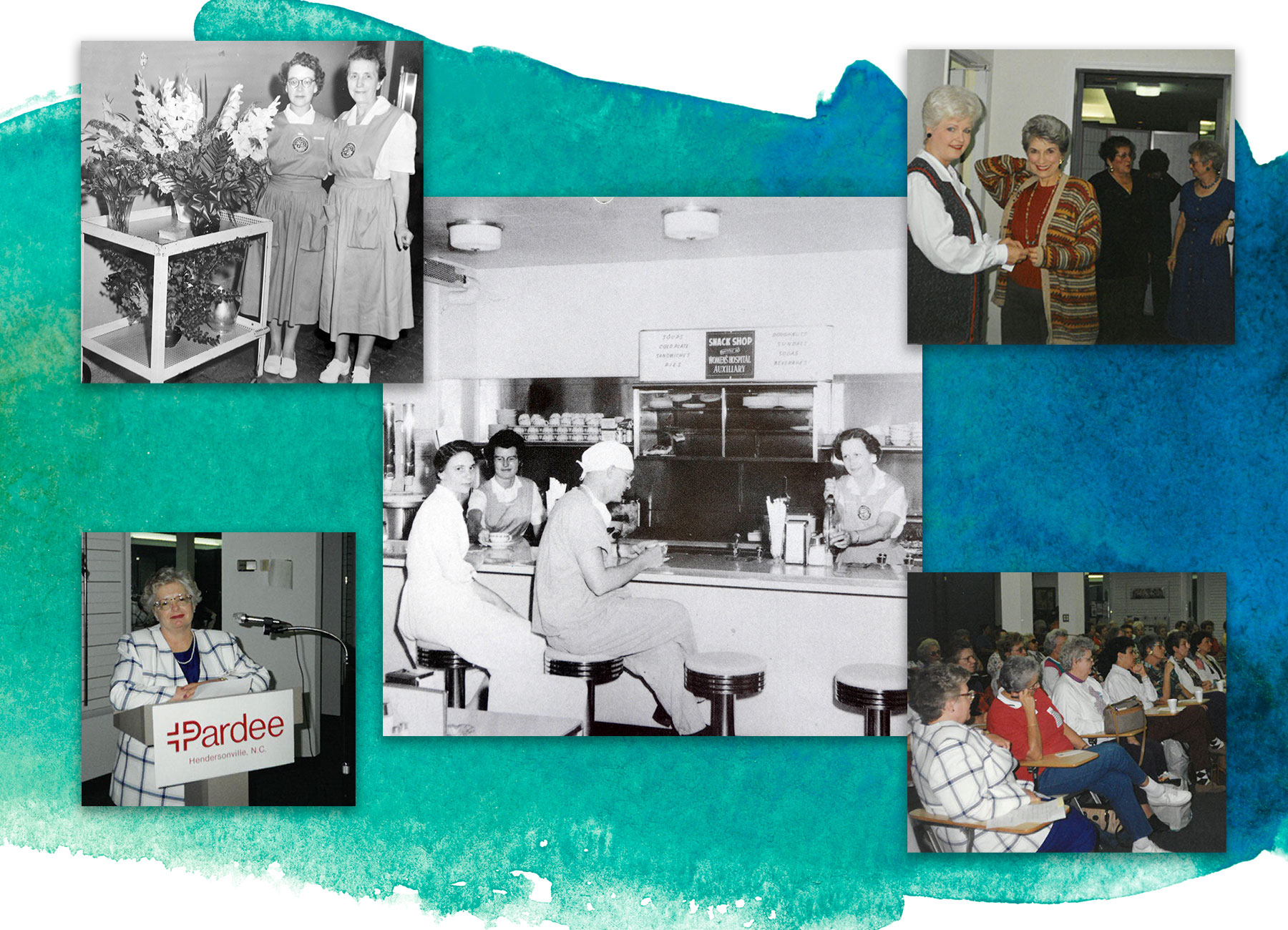Ovarian cancer is uncommon, accounting for just 2.5 percent of cancers in women, but it ranks fifth in cancer-related deaths in women.
Why is such a rare cancer so deadly?
A major reason for this is that we don’t have a screening test for ovarian cancer. Physicians have screening tests for prostate cancer and cervical cancer, for example. We can detect those cancers in their earliest, most treatable stages. Ovarian cancer often goes undetected until it is in stage III or IV, when it is more difficult to cure.
Ovarian cancer is often considered “symptomless” or a “silent killer.” The truth is ovarian cancer does cause symptoms, but they are often overlooked or mistaken for other conditions.
Third, there is no scientific evidence for how to prevent ovarian cancer. With cervical cancer, for example, we can detect and treat precancerous changes before they develop into cancer. But with ovarian cancer, there isn’t anything scientifically proven to reduce a woman’s risk.
Because of this, it’s important to understand the potential risk factors and early symptoms of ovarian cancer.
Risk factors for ovarian cancer
Women may have a higher risk of ovarian cancer based on their:
Age. Ovarian cancer is most commonly found in women between 55 and 64.
Family history. If a woman’s mother, grandmother, sister or daughter has had ovarian cancer, she may be at increased risk.
Fertility history. Women who have never given birth, have never taken birth control pills, or have a history of infertility may have a greater risk of ovarian cancer.
Genetics. The breast cancer susceptibility genes (BRCA 1 and BRCA2) or an inherited condition called Lynch Syndrome, or hereditary nonpolyposis colorectal cancer, can raise a woman’s risk.
Health conditions. Women with endometriosis or polycystic ovarian syndrome (PCOS) have a higher risk of ovarian cancer.
Previous history of cancer. Women may be at a higher risk for ovarian cancer if they have had colorectal, uterine or breast cancer.
Reproductive health. If a woman started her period before she was 12 or went through menopause after age 52, she has a higher risk. While the absolute risk of ovarian cancer with hormone replacement therapy is low, there may be an increased risk.
Weight. Obesity can increase the risk of ovarian cancer.
While there is no proven way to prevent ovarian cancer, you may be able to decrease your risk by taking oral contraceptives, having a full-term pregnancy, breastfeeding, or undergoing certain surgical procedures such as tubal ligation, hysterectomy, or surgical removal of the ovaries and fallopian tubes. All of these options carry risks, so talk to your doctor about your risk factors and the right approach for you.
It is important to note that most women will not develop ovarian cancer, even if they have these risk factors. And many women with ovarian cancer have none of these risk factors. The key is to pay attention to your health and keep an open line of communication with your gynecologist if you feel like something is wrong.
Early ovarian cancer symptoms
Early warning signs of ovarian cancer include abdominal and pelvic pain, bloating, changes in urinary frequency or urge, becoming full early during a meal (early satiety), trouble eating and increased abdominal size.
These symptoms may be caused by something minor or another health condition altogether, but if they are unusual for you or occur more than 12 times in a month, I encourage you to see your doctor.
To find a physician near you, visit pardeehospital.org.




